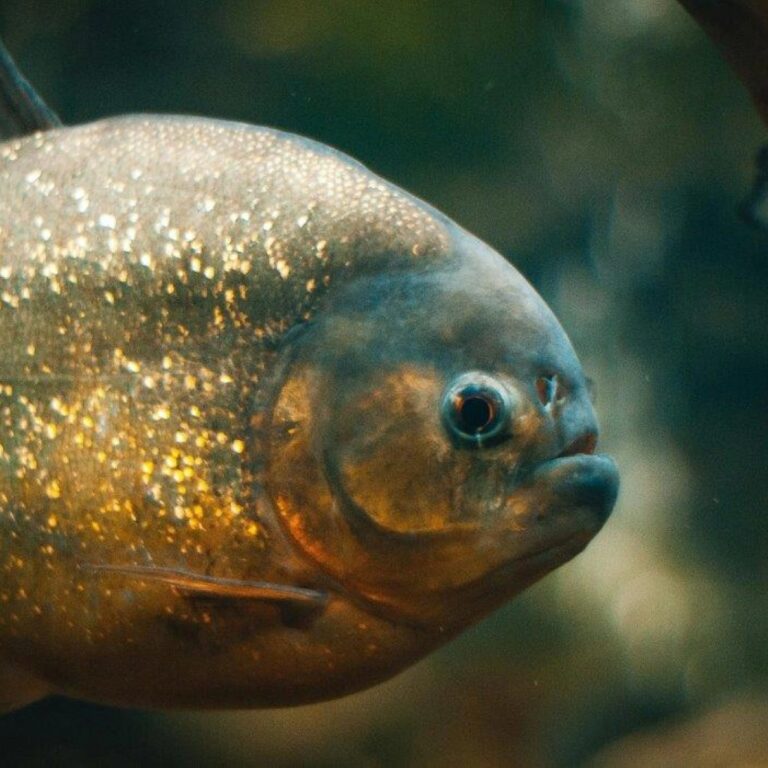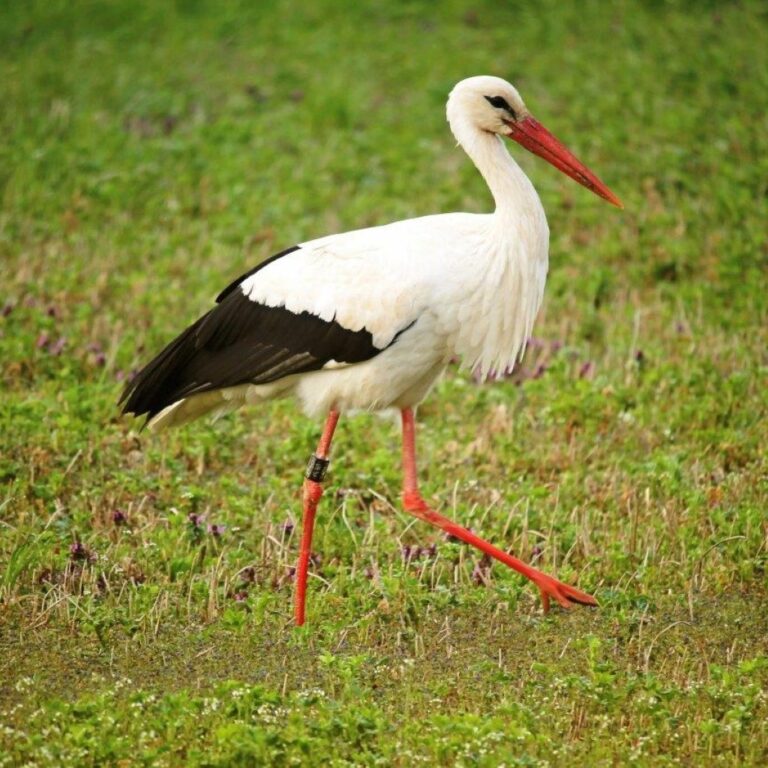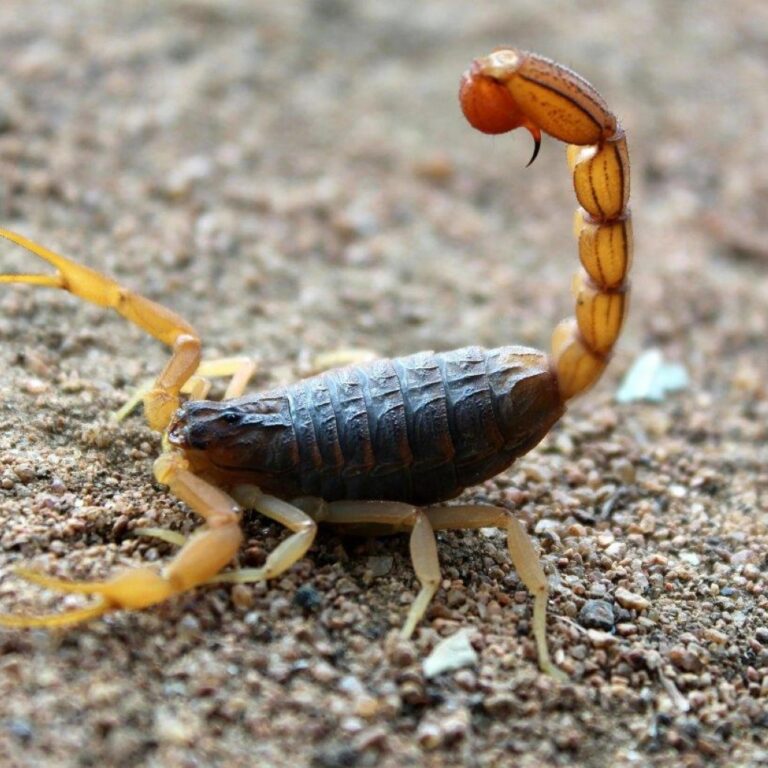Piranhas possess razor-sharp, interlocking teeth, and because of this unique dental structure, they can slice through flesh almost effortlessly. Moreover, their teeth grow continuously, which ensures that they remain deadly hunters throughout their entire lives.
Despite their notorious reputation, piranhas rarely attack humans. However, when they sense danger or extreme hunger, even a relatively small group can overwhelm much larger creatures, showing the terrifying efficiency of their pack behavior.
Piranhas often hunt in schools, and as a result, they can coordinate attacks with incredible precision. This strategy allows them to take down prey much bigger than an individual fish could handle alone, while also reducing the risk to themselves.
Interestingly, not all piranhas are purely carnivorous. In addition to feeding on fish, many species eat fruits, seeds, and plant matter. Consequently, they play a crucial ecological role by helping disperse forest plants along riverbanks.
Despite their fearsome image, piranhas typically feed on dead or weakened animals. Therefore, they function more as scavengers than relentless killers, maintaining balance in their freshwater ecosystems.
Piranhas are also surprisingly vocal. They produce clicks, grunts, and high-pitched sounds, which allow them to warn each other of danger, display aggression, or even attract mates. Furthermore, these vocalizations help maintain the social structure within their schools.
Their powerful jaws allow piranhas to crush bones, shells, and exoskeletons, which positions them as top predators in many South American rivers. Moreover, this jaw strength ensures they can exploit a wide variety of prey species.
Young piranhas stay in shallow, vegetation-rich waters, where they are safer from predators. Meanwhile, adults dominate deeper, open areas, which reduces competition for food and space within the species and ensures survival across different life stages.
During the dry season, as rivers shrink and food becomes scarce, piranhas become highly territorial. Consequently, they defend feeding grounds aggressively, sometimes engaging in fierce battles with intruders to protect vital resources.
Some species of piranha demonstrate parental care, which is unusual for fish. For instance, adults guard eggs and young fry, keeping them safe from predators and increasing the likelihood that the next generation will survive.
In addition to their keen vision, piranhas detect prey through subtle vibrations in the water. This sensitivity allows them to locate struggling or injured fish even in murky river conditions, giving them a distinct hunting advantage.
While many piranhas measure less than a foot long, their collective impact on their environment is enormous. By controlling fish populations, they maintain ecological balance and prevent any single species from dominating the river ecosystem.
Piranhas are surprisingly fast swimmers. With bursts of speed, they can chase down agile prey or quickly retreat from potential threats. Furthermore, this speed, combined with their pack hunting strategy, makes them extremely effective predators.
Over time, piranhas maintain their hunting abilities thanks to continuously growing teeth. Even older individuals remain capable of tearing through prey efficiently, which contributes to their reputation as relentless and adaptable hunters.
Finally, piranhas have fascinated humans for centuries, inspiring legends, movies, and scientific studies. As a result, they remain one of the most infamous and captivating freshwater fish on Earth, combining ecological importance with a powerful aura of danger.



